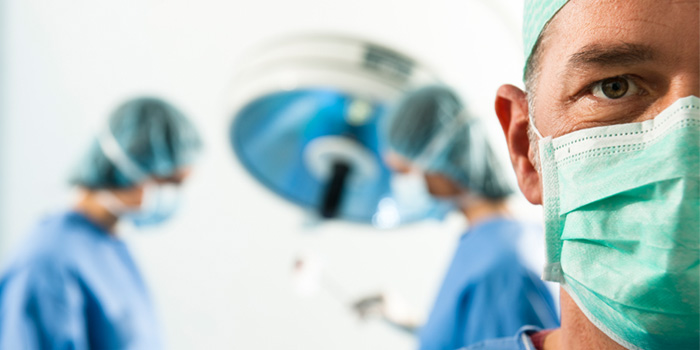Endoscopy
Our personal approach creates a seamless patient experience

Oesophago-gastro-duodenoscopy (OGD); upper GI endoscopy
This endoscopic procedure is used to investigate and treat problems that affect the upper parts of the gastrointestinal (GI) tract, which includes the oesophagus, stomach and duodenum. Your consultant gastroenterologist may advise you to have an OGD if you have various symptoms, including anaemia, upper abdominal pain, reflux, heartburn, or if you have the sensation of food getting stuck when you eat. These problems can be explained by a range of conditions, including hiatus hernia, oesophagitis, gastritis, ulcers and, rarely, tumours. OGD is occasionally used for treatment; a balloon introduced within the endoscope can open up strictures, and nasal feeding tubes, or percutaneous feeding tubes (PEG), can be introduced.
Before and after an OGD
- OGD is very safe, with complications extremely unusual, but the potential side effects will be explained in detail before your endoscopy.
- Some blood thinning medications such as aspirin, clopidogrel, or warfarin may prevent us from performing some procedures during an upper GI endoscopy. Please tell your gastroenterologist if you are taking these drugs, as they may need to be stopped or adjusted for up to one week before your procedure.
- If you are having a sedative for the procedure (many patients opt for a throat spray alone), it is important to arrange for a friend or relative to take you home afterwards. You will not be able to drive and you are strongly advised not to go home on your own. It is usually possible to leave within an hour of the procedure being completed, even if sedation has been given.
- If you have received sedation you are advised not to return to work or take part in complex or strenuous activities on the day of the procedure, but it will be fine to do so the following day.
The OGD procedure
If you decide to have sedation during your endoscopy, a thin cannula will be placed into a vein in your hand or arm so that sedatives can be given directly into the bloodstream. Once in the endoscopy room you will be asked to lie on your left hand side. Some small rubber prongs will be placed into your nostrils so that oxygen may be given and a finger probe will be used to monitor your heart rate, as well as the oxygen level in your blood. Just before the endoscope is introduced, you will be given a throat spray and/or the sedative, and a mouth guard will be put into your mouth to protect your teeth.
During the OGD the endoscopist will insert a thin flexible telescope through your mouth, then down the oesophagus and stomach and into the duodenum, the section of small intestine that lies beyond the stomach. Insertion of the endoscope over the back of throat may feel uncomfortable, but is extremely safe, and you will be able to breathe without a problem. A detailed examination will be made, and small biopsy samples may be taken as necessary.
